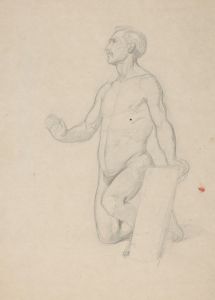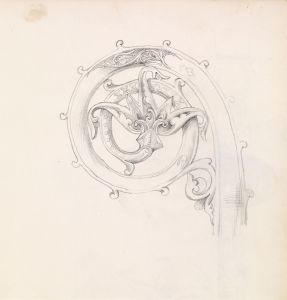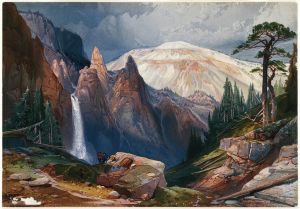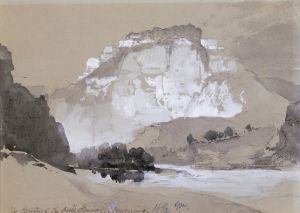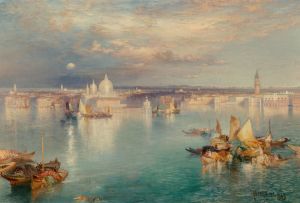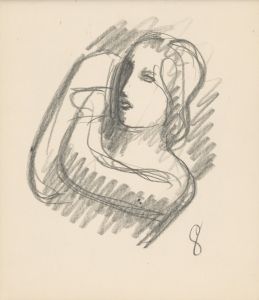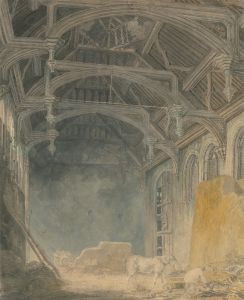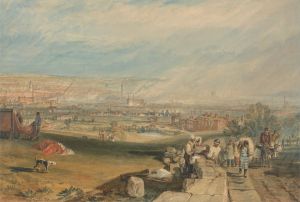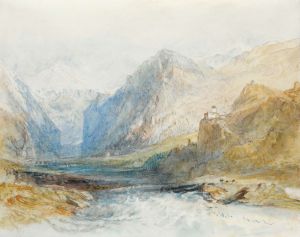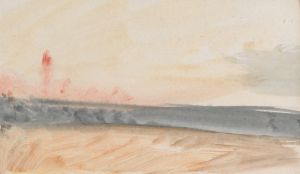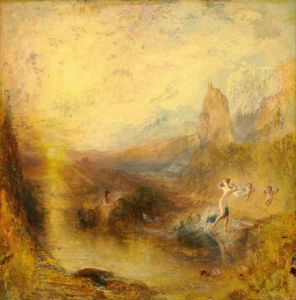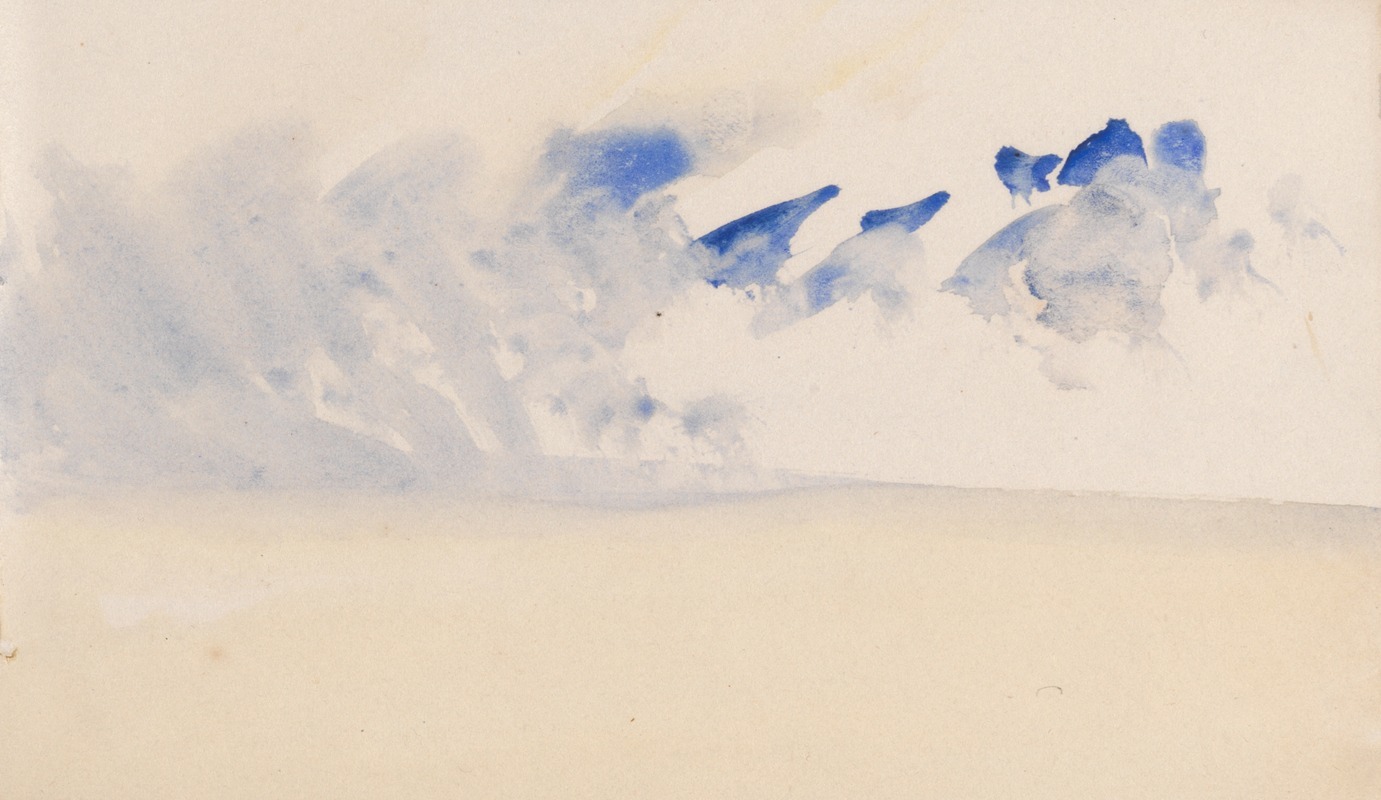
The Channel Sketchbook 2
A hand-painted replica of Joseph Mallord William Turner’s masterpiece The Channel Sketchbook 2, meticulously crafted by professional artists to capture the true essence of the original. Each piece is created with museum-quality canvas and rare mineral pigments, carefully painted by experienced artists with delicate brushstrokes and rich, layered colors to perfectly recreate the texture of the original artwork. Unlike machine-printed reproductions, this hand-painted version brings the painting to life, infused with the artist’s emotions and skill in every stroke. Whether for personal collection or home decoration, it instantly elevates the artistic atmosphere of any space.
Joseph Mallord William Turner, an eminent British artist, is renowned for his evocative landscapes and seascapes, which often capture the sublime power of nature. One of his works, "The Channel Sketchbook 2," is part of a series of sketchbooks that Turner used throughout his career to record his observations and develop ideas for his paintings. These sketchbooks are invaluable for understanding Turner's artistic process and the evolution of his style.
"The Channel Sketchbook 2" is believed to have been used by Turner during his travels along the English Channel. Turner was known for his extensive travels, which greatly influenced his work. His journeys along the coastlines of Britain and Europe provided him with a wealth of visual material that he later transformed into his celebrated paintings. The sketchbook likely contains a variety of studies, including quick pencil sketches, detailed drawings, and possibly some watercolor studies, which Turner often used to capture the effects of light and atmosphere.
Turner's sketchbooks were not merely repositories of visual information but also served as experimental spaces where he could explore compositional ideas and refine his techniques. They reveal his keen observational skills and his ability to distill complex scenes into simple, yet powerful, visual statements. The sketches in "The Channel Sketchbook 2" would have been instrumental in the development of his larger works, providing a foundation upon which he could build his more finished pieces.
The content of "The Channel Sketchbook 2" reflects Turner's fascination with the sea and maritime subjects, which were recurring themes in his oeuvre. His ability to depict the sea's ever-changing moods and the interplay of light and water is evident in many of his finished paintings. The sketches in this book likely capture the dynamic and often tumultuous nature of the Channel, with its shifting weather patterns and dramatic coastal landscapes.
Turner's use of sketchbooks was a crucial aspect of his artistic practice. They allowed him to work quickly and spontaneously, capturing fleeting moments and impressions that could later be elaborated upon in his studio. This approach was particularly suited to his interest in the transient effects of light and atmosphere, which are central to his most acclaimed works.
While specific details about "The Channel Sketchbook 2" are limited, its significance lies in its role as a tool for Turner's artistic exploration and its contribution to our understanding of his creative process. The sketchbook is part of the Turner Bequest, a collection of the artist's works and personal effects that were left to the British nation upon his death in 1851. This bequest, housed primarily at Tate Britain, includes numerous sketchbooks, drawings, and watercolors, offering a comprehensive view of Turner's artistic journey.
In summary, "The Channel Sketchbook 2" is an important artifact that sheds light on J.M.W. Turner's working methods and his enduring fascination with the sea. It exemplifies his ability to capture the essence of a scene with economy and precision, laying the groundwork for the masterpieces that would secure his legacy as one of the greatest painters of the Romantic era.





